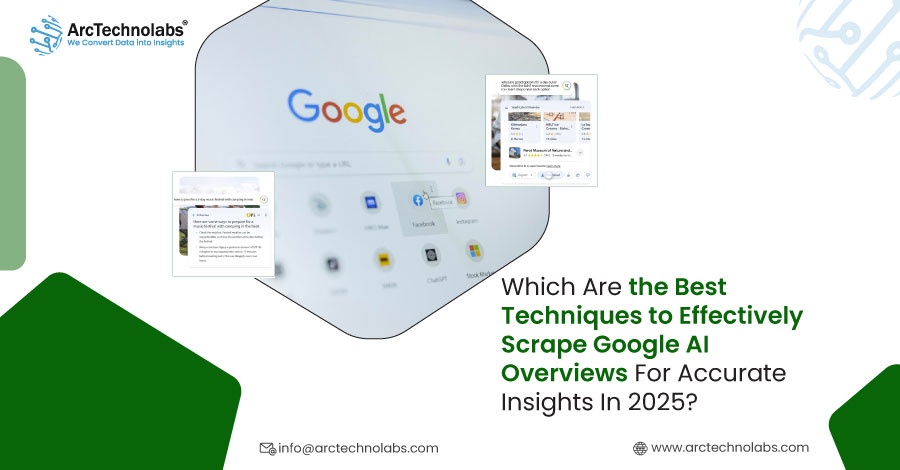
Introduction
The evolution of search in 2025 has introduced a new layer of intelligence—AI-powered overviews that provide users with instant, synthesized responses. These dynamic summaries have become a critical asset for businesses seeking competitive insights, real-time trends, and user intent signals. But accessing this data accurately requires a refined approach. Organizations looking to Scrape Google AI Overviews must now rely on smarter, scalable techniques that align with modern search behaviors and dynamic content structures.
Understanding the Structure of Google AI-Powered Search Interfaces
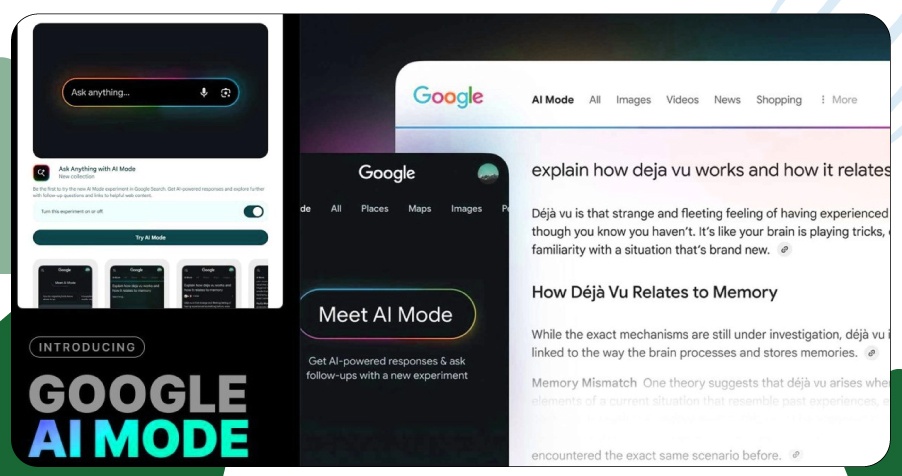
Before implementing any data extraction strategy, it's vital to grasp how AI-powered search pages function. Unlike conventional static search results, Google AI Overviews are dynamic and generated in real-time by advanced language models.
These outputs are not merely displayed—they are constructed through layers of complex processes involving:
- Deep DOM structuring that conceals key elements.
- JavaScript rendering that loads content asynchronously.
- Dispersed data elements are nested across various containers.
- Frequently shifting response architectures and layouts.
Anyone aiming to Scrape Google AI Overviews must prepare for a non-traditional approach. It demands the use of headless browsers, dynamic content parsing, and careful alignment with data compliance standards to ensure sustainable scraping.
Essential Pre-Scraping Steps for Accurate AI Overview Extraction

Starting without preparation can lead to IP bans, incorrect extractions, or significant inefficiencies. A proactive setup process ensures stability and precision when you begin to Extract AI-Generated Answers From Google.
Here's how you build that foundation:
- Deploy rotating proxies or residential IP networks to avoid rate-limiting.
- Customize user-agent strings to emulate organic browser behavior.
- Leverage browser DevTools to inspect and analyze server responses versus client-rendered scripts.
- Detect and utilize fallback HTML versions where available, as they often replicate core AI insights and provide a consistent user experience.
Establishing these measures ahead of time not only improves accuracy but also safeguards your scraping workflow against technical and ethical pitfalls.
Modern Techniques That Deliver Accurate Results
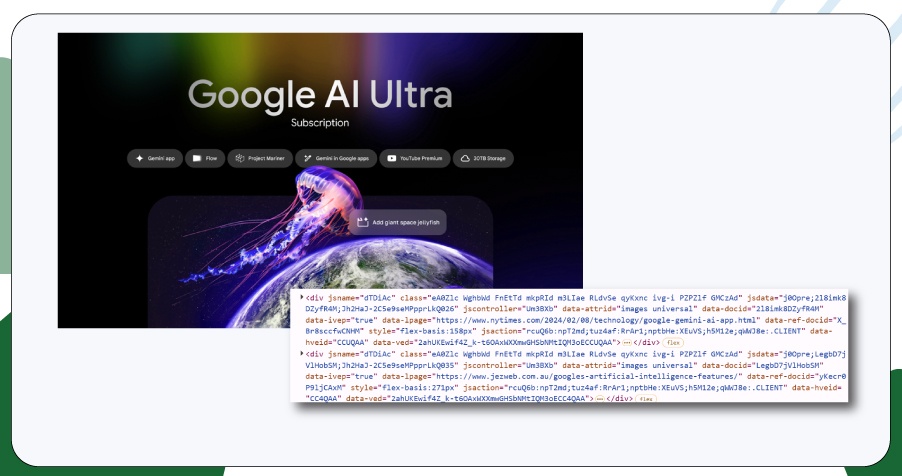
With search interfaces becoming increasingly AI-driven, your data extraction strategy must evolve accordingly. Below are robust and reliable techniques tailored for 2025, designed to deliver precision in scraping Google AI Overviews:
1. Headless Browsers + DOM Analysis
Leveraging automation tools like Playwright or Puppeteer enables you to mimic human browsing behavior, which is crucial for interacting with dynamic interfaces where AI-driven overviews appear. These tools provide full access to the rendered page and accurately capture hidden UI layers.
Why it matters:
- Executes dynamic JavaScript, ensuring the whole page is parsed.
- Waits for specific DOM elements such as summary boxes or answer sections.
- Captures visual content for validation using snapshots.
This approach is a gold standard for SERP AI Snippet Extraction, revealing data that traditional scrapers often overlook due to script-rendered content.
2. Natural Language Parsing With XPath or Regex
Once the page is fully rendered, parsing the HTML structure using XPath or regular expressions (Regex) becomes essential. AI-generated answers are typically nested in <div> elements with identifiable attributes and patterns.
Effective practices include:
- Designing flexible XPath conditions to accommodate layout variations.
- Using Regex sparingly for loosely structured content.
- Saving extracted insights into clean, structured data formats.
This is particularly effective for those targeting to Extract AI-Generated Answers From Google to perform trend analysis, sentiment extraction, or automate FAQ mining.
3. Synchronous API + Render Time Delay
In many cases, AI overviews are asynchronously rendered, only loading after a scroll or a timed delay. Detecting and waiting for this content ensures no data is missed during extraction.
Recommended actions:
- Apply waitForSelector or delayRender in Puppeteer scripts.
- Add retry logic for handling slow or failed content loads.
- Track and adapt to render latency for optimal timing.
This method enhances precision in Google SGE Data Scraping, capturing all generative sections as soon as they become apparent.
4. Visual-Based Scraping With OCR & Image Processing
In particular, in mobile or regional environments, AI-generated results may display as images instead of HTML. Traditional scraping methods fail in this case, but OCR-based techniques provide a reliable alternative.
Here’s how to proceed:
- Capture targeted snapshots of AI content zones.
- Use OCR tools like Tesseract to convert visuals to text.
- Combine extracted text with contextual metadata such as headlines or timestamps.
This technique is highly effective for Google AI Snapshot Scraping where visual rendering overrides standard DOM structures.
Real-Time Scraping Challenges & Sustainable Solutions
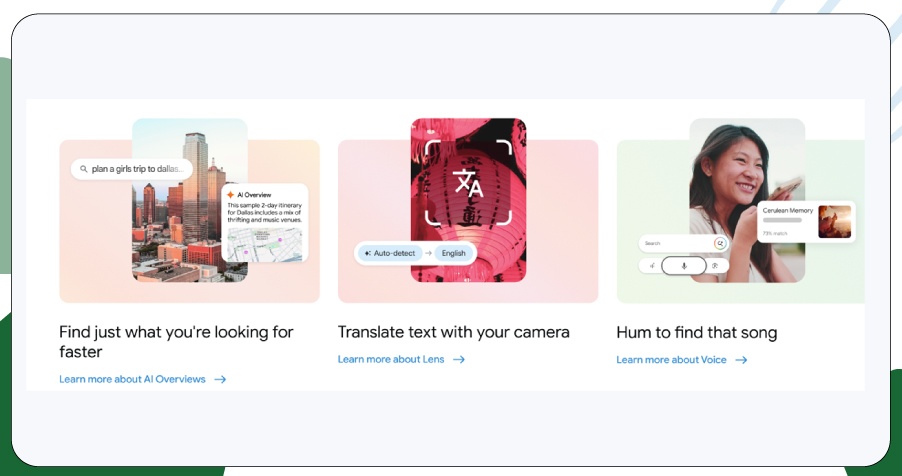
To ensure smooth and scalable performance in Google Generative Search Scraping, using the proper methods and modular architecture is essential:
- Frequent layout changes: Google frequently runs A/B tests, introducing structural shifts across AI overview formats.
- Legal and compliance concerns: Respect Google’s Terms of Service, and always verify against robots.txt before deploying extraction routines.
- IP bans and rate-limits: Counteract these using proxy rotation, user-agent spoofing, and time-managed request pacing.
Professionals aiming to Scrape Google’s AI Answers 2025 should factor in long-term upkeep, observability, and compliance safeguards to ensure smooth and sustainable operations.
Best Tools and Libraries for Efficient Google Overview Scraping
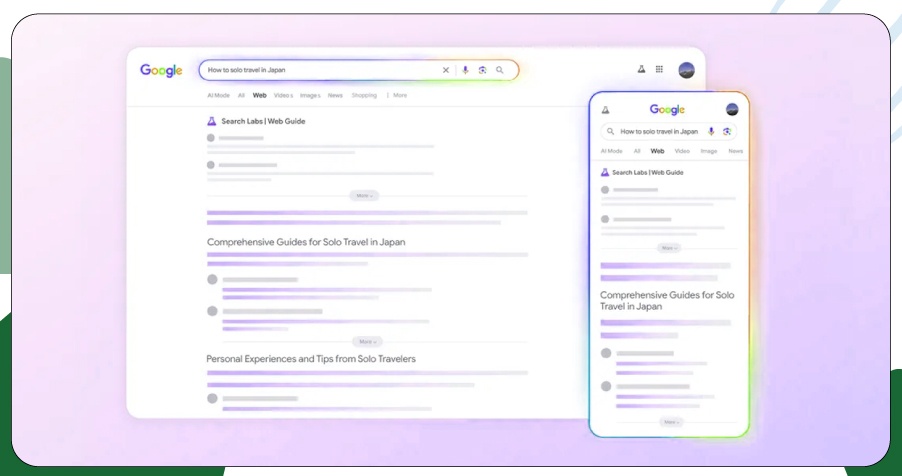
To ensure smooth and scalable performance in Google Generative Search Scraping, using the proper methods and modular architecture is essential:
- Utilize headless browser automation to manage JavaScript-heavy pages and accurately simulate real user behavior efficiently.
- Employ HTML parsers to clean and refine raw source code for better post-processing.
- Leverage scalable scraping frameworks that support modular pipelines and distributed crawling for high-volume tasks.
- Incorporate device emulation, delay controls, and custom headers to improve adaptability and avoid detection.
By designing flexible and component-based scraping systems, your workflows stay resilient against frequent layout updates with minimal need for rework.
Creating a Scalable Data Model for Long-Term Value
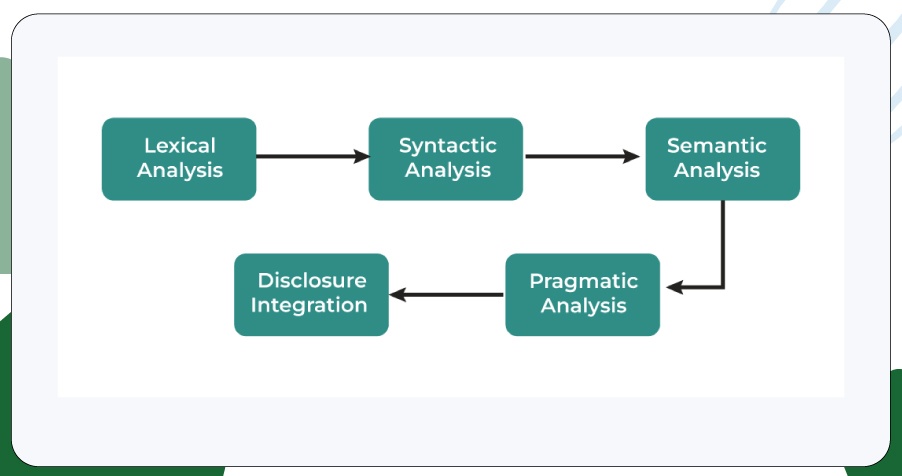
Extracted content becomes valuable only when it's cleanly categorized and analytics-ready.
For Structured Data From Google AI Overviews, follow this process:
- Assign labels to content sections (e.g., intro, body, summary).
- Isolate footnoted citations to identify sources.
- Track timestamps and user location metadata for temporal relevance.
- Log query intent and search phrases as metadata for better context.
These practices ensure that scraped AI data aligns with downstream tasks, such as forecasting, segmentation, or NLP analysis.
Beginner-Friendly Tips for Safe and Strategic Learning

If you're exploring AI-Powered Search Result Scraping, start small and grow with care.
Here's a recommended approach:
- Study a reliable Google AI Overview Scraping Tutorial to understand layout patterns.
- Use browser automation tools like Puppeteer or Playwright to load queries.
- Begin with 3–5 search queries per day to reduce scraping footprint.
- Export and structure your output in JSON for clean visualization.
This step-by-step approach enables a safer learning curve and a deeper understanding of AI behavior across different verticals.
Why Accuracy Is the Cornerstone of Smart Scraping?
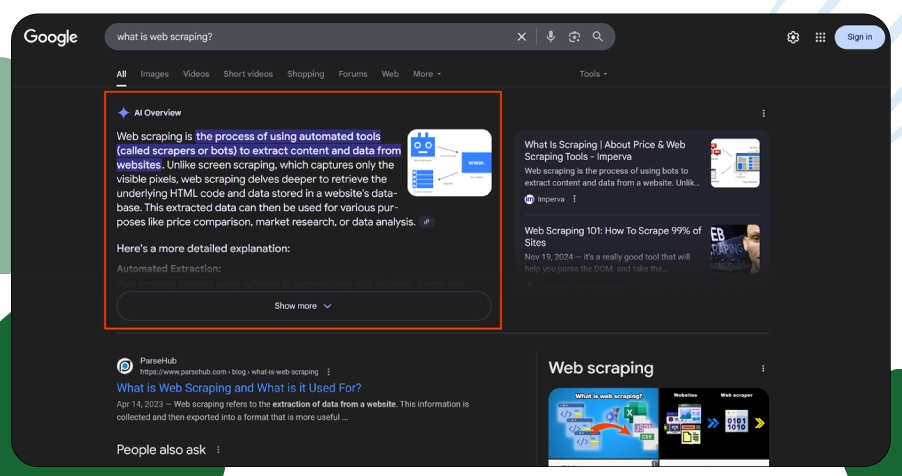
When you decide to Scrape Google AI Overviews, the goal isn't just scale—it's about data integrity.
With high-accuracy extraction, you gain:
- Unique insights from AI-generated summaries and narratives.
- A real-time pulse on emerging market sentiments.
- Transparent source citations for deeper trust.
- A faster lens into evolving trends and consumer needs.
That’s why decision-makers across analytics, product, and marketing prioritize precision in their scraping pipelines to fuel smarter, context-driven strategies.
How ArcTechnolabs Can Help You?
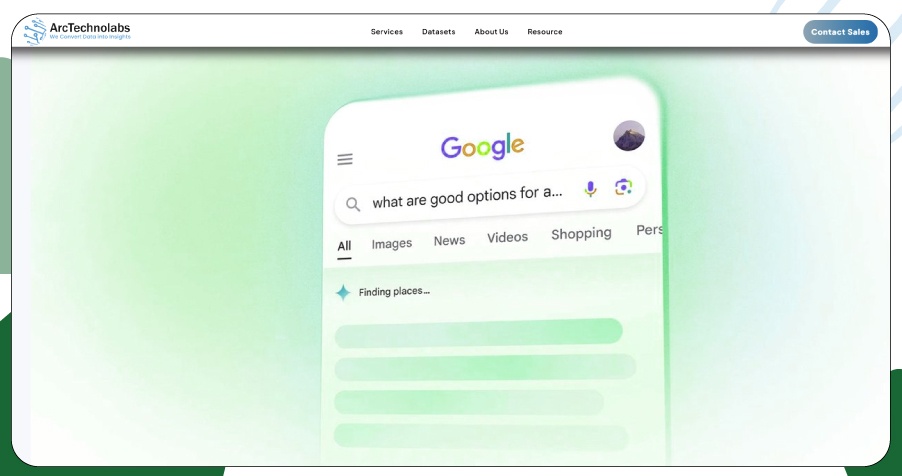
We deliver advanced solutions to Scrape Google AI Overviews with precision, scalability, and compliance. Whether you're building a competitive intelligence system, tracking AI-generated trends, or enriching your market research, our custom scraping services are designed for the evolving AI search landscape of 2025.
Here’s what we offer:
- Custom scripts tailored to your data goals.
- Dynamic rendering and snapshot extraction.
- Real-time tracking and SERP automation.
- Data structuring for easy analysis.
- Scalable architecture for high-volume scraping.
- Support with updates and maintenance.
We also ensure ethical and efficient approaches to Google SGE Data Scraping, helping your business extract valuable insights while staying compliant and future-ready.
Conclusion
As AI-generated content continues to reshape how users interact with search engines, businesses that aim to Scrape Google AI Overviews must adopt more innovative, more adaptive data strategies. It’s not just about collecting data—it’s about capturing context, accuracy, and insight from every search snapshot.
Whether you're scaling research or enhancing product intelligence, methods like Google Generative Search Scraping enable faster, more targeted decisions. Contact ArcTechnolabs today to discuss your goals and build a compliant, scalable solution that keeps your business data-smart in 2025 and beyond.







